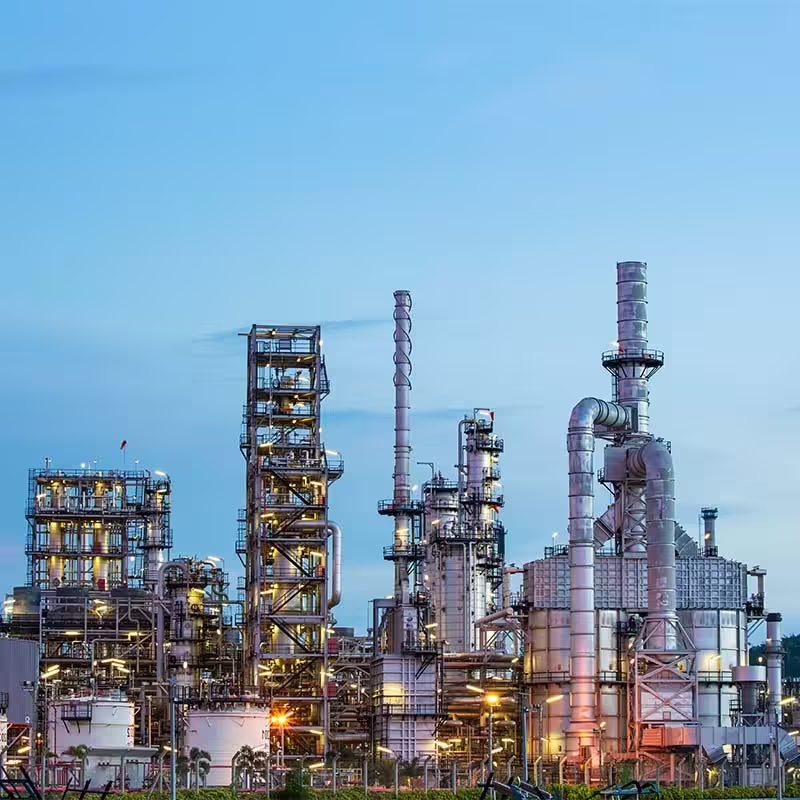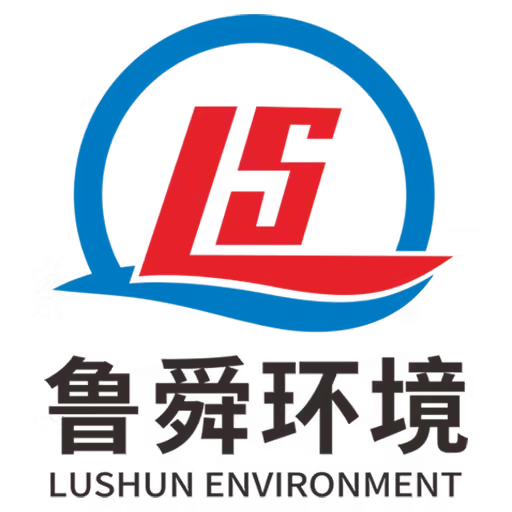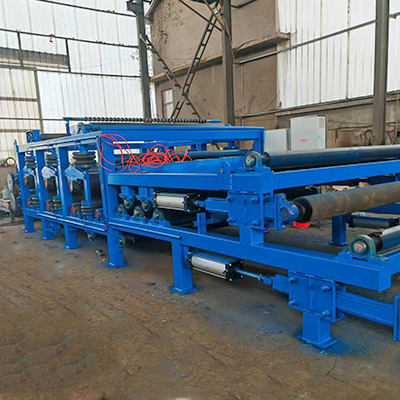Welcome to My Blog! 🌟
I’m so glad you’re here! Before we jump into the exciting content, I’d love for you to connect with me on my social media platforms. It’s where I share extra insights, interact with our amazing community, and post regular updates. Here’s how you can join the conversation:
📘 Facebook: Follow me on Facebook for more updates
Now, let’s dive into the journey ahead. I hope you find everything here both engaging and valuable. Together, let’s explore, learn, and grow! 🚀
Table of Contents
Introduction

Domestic sewage treatment equipment is essential for managing wastewater effectively in residential settings. These systems treat and filter household wastewater before safely releasing it into the environment or storing it for further processing. When installed and operated correctly, this equipment ensures hygiene, compliance with local regulations, and environmental sustainability. However, despite their importance, many homeowners make critical mistakes when selecting, installing, or maintaining their sewage systems. These mistakes not only lead to poor performance but also result in costly repairs, environmental damage, and potential health hazards.
This article explores three of the most common and expensive mistakes in domestic sewage systems, along with actionable advice to avoid them. We also provide a helpful FAQ section and a detailed table comparing typical equipment problems and solutions.
Mistake #1: Choosing the Wrong Type of Equipment
One of the most frequent mistakes homeowners make when installing domestic sewage treatment equipment is selecting the wrong type for their needs. This error often stems from not fully understanding the diverse types of systems available and their specific operational requirements.
Different systems have varying capabilities that make them suited to different household types. For example, larger systems that handle high volumes of wastewater are ideal for busy households or properties with multiple bathrooms. Smaller, more compact systems work well for smaller homes, cabins, or vacation properties where water usage is less frequent.
Choosing a domestic sewage treatment system that is either too small or too large can have significant drawbacks. A system that is too small will not be able to efficiently handle the wastewater load, which could lead to system overloads, back-ups, and compromised water treatment. On the other hand, an oversized system might result in unnecessary energy consumption and higher operational costs.
Avoidance Tip: Before investing in domestic sewage treatment equipment, it is crucial to perform a thorough assessment of your household’s wastewater production and usage patterns. Consulting with certified professionals or experts in sewage treatment can provide valuable insights. They can evaluate factors like household size, soil conditions, and typical water usage to recommend the most suitable system for your specific needs.
Mistake #2: Poor Installation Practices
Even the best domestic sewage treatment equipment can fail if not installed properly. Common installation mistakes include:
- Inadequate site preparation
- Improper tank positioning
- Incorrect piping and connections
- Lack of drainage planning
Such errors compromise the functionality and lifespan of the equipment. Moreover, poorly installed systems can contaminate groundwater, cause unpleasant odors, and result in significant repair costs.
Avoidance Tip: Hire experienced and certified installers familiar with local regulations. Request a comprehensive site inspection and ensure that the installation follows all manufacturer and environmental guidelines.
Mistake #3: Neglecting Regular Maintenance

Routine maintenance is critical for the long-term performance of domestic sewage treatment equipment. Unfortunately, many users overlook this aspect, assuming the system will run smoothly without intervention. This negligence can lead to clogging, mechanical failures, and reduced treatment efficiency.
Regular inspections, pump-outs, and filter cleaning are essential tasks. Ignoring them may not only damage the system but also result in penalties for environmental non-compliance.
Avoidance Tip: Establish a maintenance schedule based on the manufacturer’s recommendations and keep detailed records. Use professional services for complex maintenance tasks and inspections.
Comparison Table: Common Problems and Solutions in Domestic Sewage Treatment Equipment
| Problem | Possible Cause | Solution |
|---|---|---|
| Frequent clogging | Inadequate filter cleaning | Implement routine cleaning schedule |
| System backup | Incorrect system size | Reassess needs and upgrade if necessary |
| Odor issues | Poor installation or maintenance | Inspect installation and maintain system |
| Slow drainage | Blocked or damaged piping | Inspect and repair piping promptly |
| Noise during operation | Mechanical malfunction | Conduct equipment diagnostics |
Best Practices to Maximize Equipment Efficiency
Ensure Proper Sizing and Customization
Selecting the correct size and configuration of domestic sewage treatment equipment is crucial in maintaining optimal performance. A system undersized for a household’s daily usage will frequently overload, leading to incomplete treatment cycles and excessive wear on components. Conversely, oversized systems can waste energy, increase chemical usage, and incur higher installation costs. To achieve proper sizing:
Work with qualified engineers to develop custom designs; for multi-level homes or cottages with intermittent occupancy, consider modular or scalable domestic sewage treatment equipment that can adjust capacity dynamically.
Use High-Quality Components and Materials
The reliability of wastewater treatment relies heavily on the quality of its parts. Investing in certified, durable components for domestic sewage treatment equipment enhances system longevity and reduces maintenance frequency. Key considerations include:
- Pumps, blowers, and motors rated for continuous or intermittent duty cycles based on system design.
- Corrosion-resistant piping and fittings, such as PVC or HDPE, to withstand chemicals and biofilm formation.
- Advanced filter media or membrane modules with proven fouling resistance for biological treatment stages.
- Replacement parts availability and compatibility, ensuring quick swaps and minimal downtime.
Maintain Compliance with Local Regulations and Standards
Operating domestic sewage treatment equipment within legal frameworks is not only a regulatory requirement but also a best practice for safeguarding public health and the environment. To stay compliant:
- Familiarize with local discharge limits for BOD, TSS, pH, and nutrient levels.
- Keep accurate logs of maintenance activities, discharge test results, and equipment inspections.
- Schedule third-party audits or professional sampling services annually to validate system performance.
- Update treatment processes when regulations change, such as adding nutrient removal stages or modifying disinfection methods.
Educate All Users and Enforce Proper Usage
User behavior directly influences the effectiveness and lifespan of a wastewater treatment system. Misuse—such as pouring fats, oils, greases, or disposing sanitary products down drains—can lead to severe blockages and system failures. Best practices include:
- Providing clear, multilingual signage near bathroom and kitchen outlets, listing prohibited items.
- Hosting homeowner orientation sessions upon installation, demonstrating routine checks and basic troubleshooting.
- Offering quick reference guides or digital apps to log system alerts and maintenance reminders.
- Encouraging water conservation measures, such as low-flow fixtures, staggered appliance usage, and rainwater harvesting, to reduce treatment load.
Implement Proactive Monitoring and Remote Management
Modern domestic sewage treatment equipment often supports telemetry and IoT integrations, allowing real-time monitoring and control. Proactive oversight identifies issues before they escalate:
- Install sensors for water level, turbidity, and dissolved oxygen, linked to a central dashboard.
- Set up automated alerts for pump failures, high sludge levels, or abnormal pH readings.
- Use remote-management software to adjust aeration cycles, feed dosing pumps, and initiate self-cleaning protocols.
- Analyze performance data trends to schedule maintenance exactly when needed, avoiding unnecessary service visits and extending component life.## Conclusion: Avoiding Expensive Mistakes in Sewage Systems
Domestic sewage treatment equipment is a long-term investment that requires informed choices, proper setup, and ongoing care. By avoiding the three costly mistakes discussed—wrong equipment choice, poor installation, and neglecting maintenance—homeowners can enhance system reliability and protect both their property and the environment.
Taking a proactive approach ensures the longevity and effectiveness of the system. Always consult professionals, follow best practices, and stay informed about emerging technologies and updates in domestic sewage treatment.
Conclusion
Domestic sewage treatment equipment is a long-term investment that requires informed choices, proper setup, and ongoing care. By avoiding the three costly mistakes discussed—wrong equipment choice, poor installation, and neglecting maintenance—homeowners can enhance system reliability and protect both their property and the environment.
Taking a proactive approach ensures the longevity and effectiveness of the system. Always consult professionals, follow best practices, and stay informed about emerging technologies and updates in domestic sewage treatment.
FAQ
What is the average lifespan of domestic sewage treatment equipment?
With proper maintenance, most systems last between 15 to 25 years.
How often should maintenance be performed?
Basic maintenance should be done every 6 to 12 months, depending on usage and equipment type.
Can I install the equipment myself?
It is highly recommended to hire certified professionals for installation to ensure compliance and optimal performance.
What should not go into the sewage system?
Avoid grease, sanitary products, wet wipes, and chemical cleaners. These can damage the system and affect its functionality.
Are there eco-friendly options available?
Yes, many modern systems are designed with eco-friendly materials and use less energy while maintaining high treatment efficiency.






